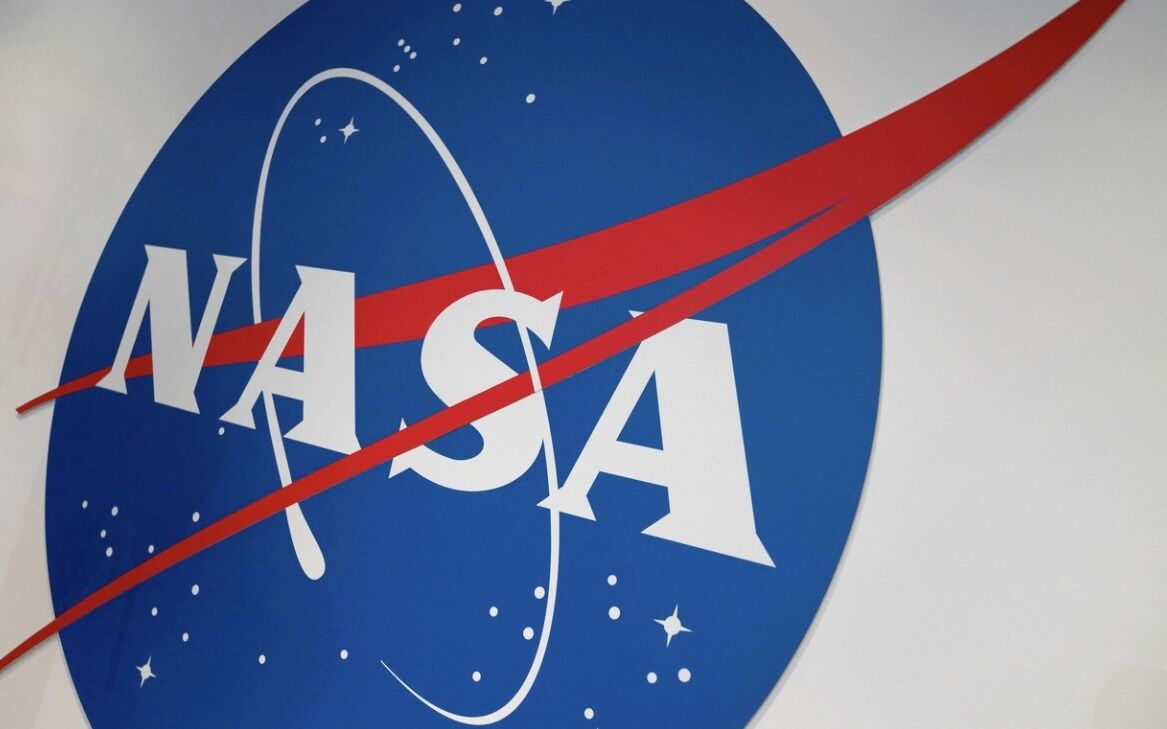NASA's Moon Mission Faces Setbacks as Delays Push Human Landing to 2026
NASA announced delays in its moon mission, pushing the planned flight around the moon by astronauts to Sept 2025 and delaying the first human moon landing to Sept 2026.
NASA announced delays in its moon mission, pushing back the planned flight around the moon by astronauts to September 2025 and delaying the first human moon landing to September 2026. These delays were attributed to safety and technical concerns with NASA's own spacecraft, as well as development challenges with moonsuits and landers from private industry. A Pittsburgh company also had to abandon its attempt to land its spacecraft on the moon due to a fuel leak. The space agency is relying heavily on private companies for its Artemis moon-landing program, with SpaceX's Starship mega rocket being crucial for the mission.
However, the rocket has faced technical challenges, including exploding during test flights. These delays in getting Starship into orbit will impact NASA's timeline for attempting its first moon landing with astronauts since 1972. Despite these setbacks, NASA administrator Bill Nelson emphasized that safety is the top priority, and the delays will allow the Artemis teams more time to work through the challenges. While the Government Accountability Office warned that NASA was likely looking at 2027 for its first astronaut moon landing, the space agency remains committed to its aggressive schedule.
The total program costs for the moon landing efforts have been projected at $93 billion through 2025, due to repeated delays over the past decade. Nelson stressed the importance of ensuring that all components, including spacecraft, moonsuits, and landers, are ready and successful for the complicated mission to come together. Despite the setbacks, NASA remains committed to its goal of sending astronauts back to the moon.




